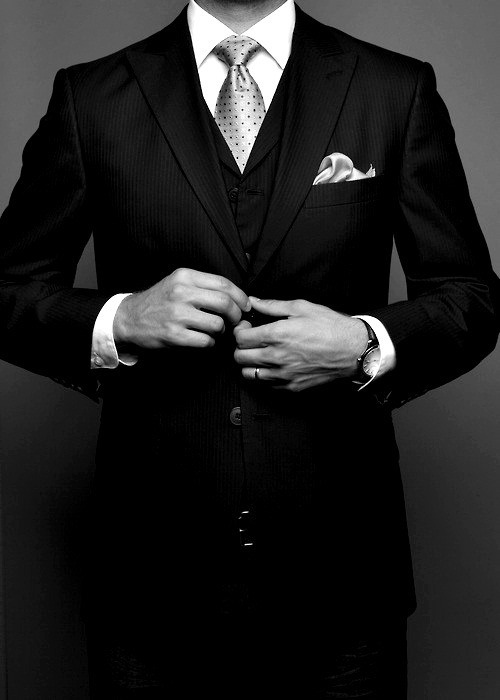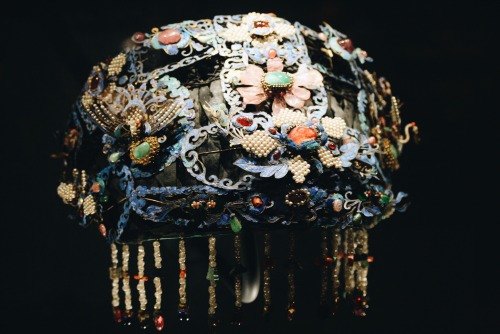#wealthy
Woman’s headdress (tien tzu)
Phoenix crown
Chinese
19th century
Gilt metal, kingfisher feathers, jade, tourmaline, coral, turquoise, lapis lazuli, bone, pearl, glass, resin, silk satin weave, and silk plain weave
“The Eurasian kingfisher is known for its radiant, iridescent feathers of electric blue. In China, the plumes, known as fei-ts’ui, are highly prized and were used as early as the Han dynasty (206 B.C. - A.D. 220) to decorate wall hangings and bedcovers. During the Ming (1368-1644) and Qing (1644-1912) dynasties, the feathers were also used in jewelry and headdresses, especially those worn by noblewomen on ceremonial occasions and brides on their wedding day. By the early twentieth century, small ornaments incorporating fei-ts’ui were popular among ladies of lesser rank. As a result, it was not long before demand outstripped supply for these exotic feathers and the bird became extinct in China.
This headdress, characterized by a curved front and flat crown, would have been worn by a lady of considerable wealth. It was made on a latticework armature of iron wire covered by a black silk satin. Attached to the fabric are numerous decorative motifs, including a central blossom with a jadeite center and pink tourmaline petals; butterflies; bats; flowers; and two phoenixes amid stylized waves and clouds. These are embellished by kingfisher feathers set in gilt metal mounts, pearls, and semi-precious stones. Many of the flowers and critters are en tremblant, that is, they are attached by coiled metal strips to the armature and would have quivered when the wearer moved about, thus creating a shimmering effect. A pearl strand fringe with decorative beads and colorful glass pendants frames the front of the headdress.”
Photo by Shelby Navone
Edited in VSCO Cam
Object and Description from The Boston Museum of Fine Arts
Post link
The more material we lose, the less we have. The less we have, the more we win.
― Anthony Liccione
Post link











